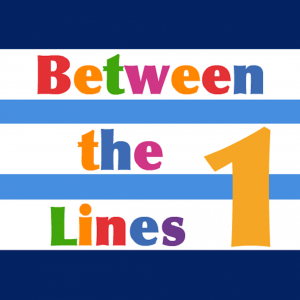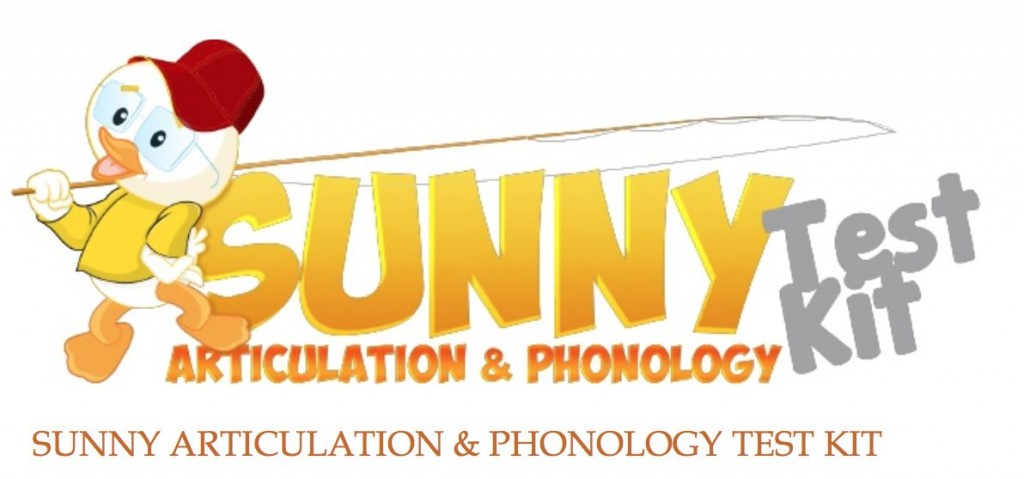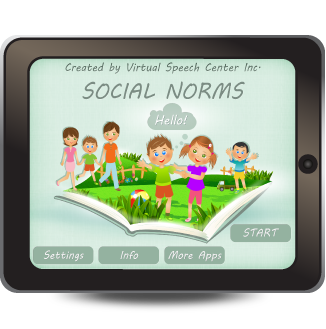 Today I am reviewing a new receptive vocabulary measure for students 7-17 years of age, entitled the Test of Semantic Reasoning (TOSR) created by Beth Lawrence, MA, CCC-SLP and Deena Seifert, MS, CCC-SLP, available via Academic Therapy Publications.
Today I am reviewing a new receptive vocabulary measure for students 7-17 years of age, entitled the Test of Semantic Reasoning (TOSR) created by Beth Lawrence, MA, CCC-SLP and Deena Seifert, MS, CCC-SLP, available via Academic Therapy Publications.
The TOSR assesses the student’s semantic reasoning skills or the ability to nonverbally identify vocabulary via image analysis and retrieve it from one’s lexicon.
According to the authors, the TOSR assesses “breadth (the number of lexical entries one has) and depth (the extent of semantic representation for each known word) of vocabulary knowledge without taxing expressive language skills”.
The test was normed on 1117 students ranging from 7 through 17 years of age with the norming sample including such diagnoses as learning disabilities, language impairments, ADHD, and autism. This fact is important because the manual did indicate how the above students were identified. According to Peña, Spaulding and Plante (2006), the inclusion of children with disabilities in the normative sample can negatively affect the test’s discriminant accuracy (separate typically developing from disordered children) by lowering the mean score, which may limit the test’s ability to diagnose children with mild disabilities.
TOSR administration takes approximately 20 minutes or so, although it can take a little longer or shorter depending on the child’s level of knowledge. It is relatively straightforward. You start at the age-based point and then calculate a basal and a ceiling. For a basal rule, if the child missed any of the first 3 items, the examiner must go backward until the child retains 3 correct responses in a row. To attain a ceiling, test administration can be discontinued after the student makes 6 out of 8 incorrect responses.
Test administration is as follows. Students are presented with 4 images and told 4 words which accompany the images. The examiner asks the question: “Which word goes with all four pictures? The words are…“
Students then must select the single word from a choice of four that best represents the multiple contexts of the word represented by all the images.
According to the authors, this assessment can provide “information on children and adolescents basic receptive vocabulary knowledge, as well as their higher order thinking and reasoning in the semantic domain.”
My impressions:
During the time I had this test I’ve administered it to 6 students on my caseload with documented history of language disorders and learning disabilities. Interestingly all students with the exception of one had passed it with flying colors. 4 out of 6 received standard scores solidly in the average range of functioning including a recently added to the caseload student with significant word-finding deficits. Another student with moderate intellectual disability scored in the low average range (18th percentile). Finally, my last student scored very poorly (1st%); however, in addition to being a multicultural speaker he also had a significant language disorder. He was actually tested for a purpose of a comparison with the others to see what it takes not to pass the test if you will.
I was surprised to see several children with documented vocabulary knowledge deficits to pass this test. Furthermore, when I informally used the test and asked them to identify select vocabulary words expressively or in sentences, very few of the children could actually accomplish these tasks successfully. As such it is important for clinicians to be aware of the above finding since receptive knowledge given multiple choices of responses does not constitute spontaneous word retrieval.
Consequently, I caution SLPs from using the TOSR as an isolated vocabulary measure to qualify/disqualify children for services, and encourage them to add an informal expressive administration of this measure in words in sentences to get further informal information regarding their students’ expressive knowledge base.
I also caution test administration to Culturally and Linguistically Diverse (CLD) students (who are being tested for the first time vs. retesting of CLD students with confirmed language disorders) due to increased potential for linguistic and cultural bias, which may result in test answers being marked incorrect due lack of relevant receptive vocabulary knowledge (in the absence of actual disorder).
Final Thoughts:
I think that SLPs can use this test as a replacement for the Receptive One-Word Picture Vocabulary Test-4 (ROWPVT-4) effectively, as it does provide them with more information regarding the student’s reasoning and receptive vocabulary abilities. I think this test may be helpful to use with children with word-finding deficits in order to tease out a lack of knowledge vs. a retrieval issue.
You can find this assessment for purchase on the ATP website HERE. Finally, due to the generosity of one of its creators, Deena Seifert, MS, CCC-SLP, you can enter my Rafflecopter giveaway below for a chance to win your own copy!
Disclaimer: I did receive a complimentary copy of this assessment for review from the publisher. Furthermore, the test creators will be mailing a copy of the test to one Rafflecopter winner. However, all the opinions expressed in this post are my own and are not influenced by the publisher or test developers.
References:
Peña ED, Spaulding TJ, and Plante E. ( 2006) The composition of normative groups and diagnostic decision-making: Shooting ourselves in the foot. American Journal of Speech-Language Pathology 15: 247–54
a Rafflecopter giveaway
 Today I am reviewing a newly released (2019) kit (instructional guide and cards) from the Learning By Design, Inc. entitled Wordtivities: Word Study Instruction for Spelling, Vocabulary, and Reading.
Today I am reviewing a newly released (2019) kit (instructional guide and cards) from the Learning By Design, Inc. entitled Wordtivities: Word Study Instruction for Spelling, Vocabulary, and Reading.





 Our ability to recognize our own and other people’s emotions, distinguish between and correctly identify different feelings, as well as use that information to guide our thinking and behavior is called Emotional Intelligence (EI) (Salovey, et al, 2008).
Our ability to recognize our own and other people’s emotions, distinguish between and correctly identify different feelings, as well as use that information to guide our thinking and behavior is called Emotional Intelligence (EI) (Salovey, et al, 2008).



 Today I am very excited to introduce my new product “
Today I am very excited to introduce my new product “ Those of you who follow my blog know that I absolutely adore the “Between the Lines” app series by Hamaguchi apps, which focuses on targeting aspects of social language including tone of voice and non-verbal body language, perspective taking as well as idiom interpretation. I have already reviewed
Those of you who follow my blog know that I absolutely adore the “Between the Lines” app series by Hamaguchi apps, which focuses on targeting aspects of social language including tone of voice and non-verbal body language, perspective taking as well as idiom interpretation. I have already reviewed  In February 2013 I did a review of the
In February 2013 I did a review of the  Today I am reviewing “Social Norms” a brand new app developed by the Virtual Speech Center to improve social skills in children with autism spectrum disorders.
Today I am reviewing “Social Norms” a brand new app developed by the Virtual Speech Center to improve social skills in children with autism spectrum disorders.